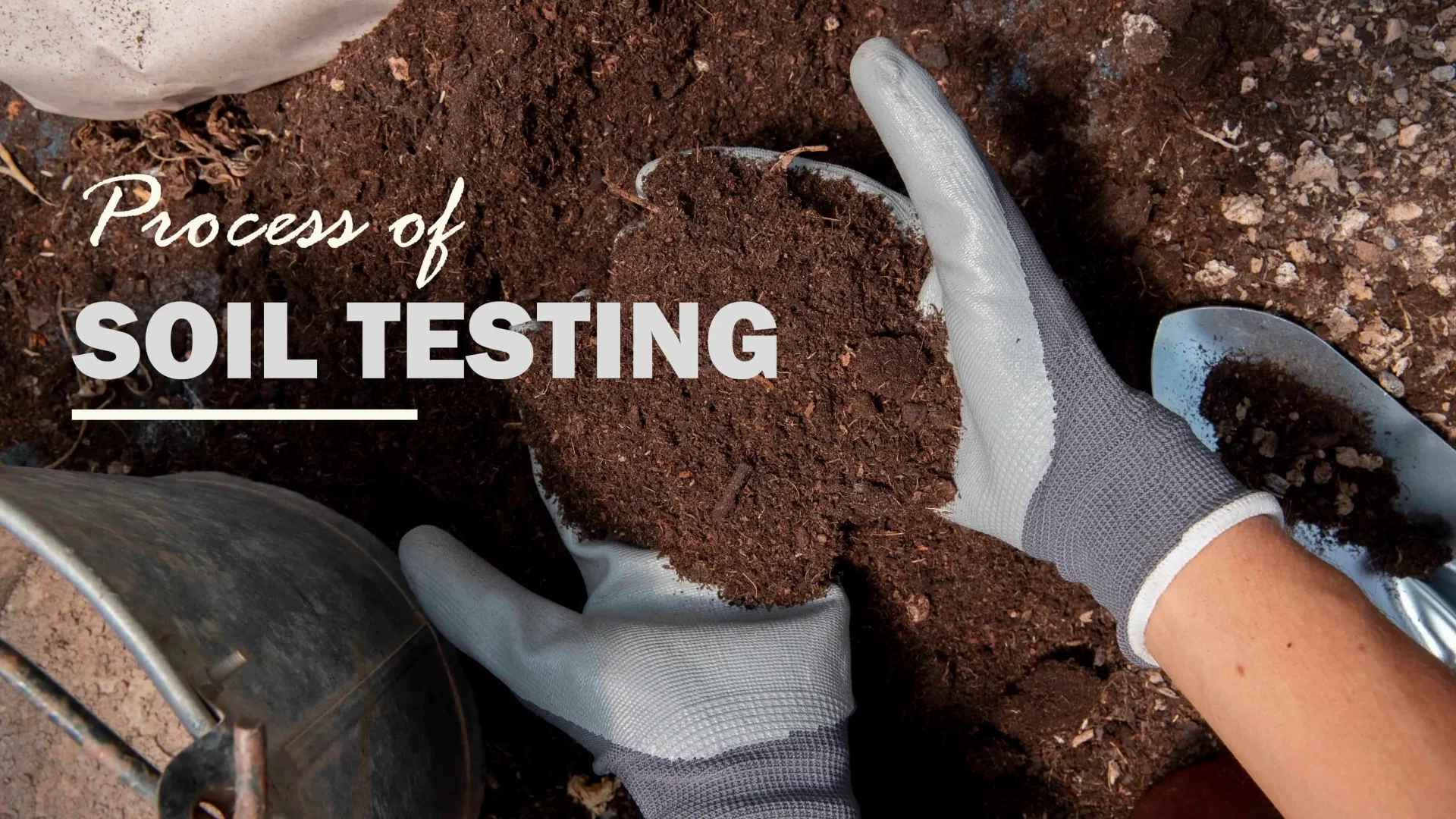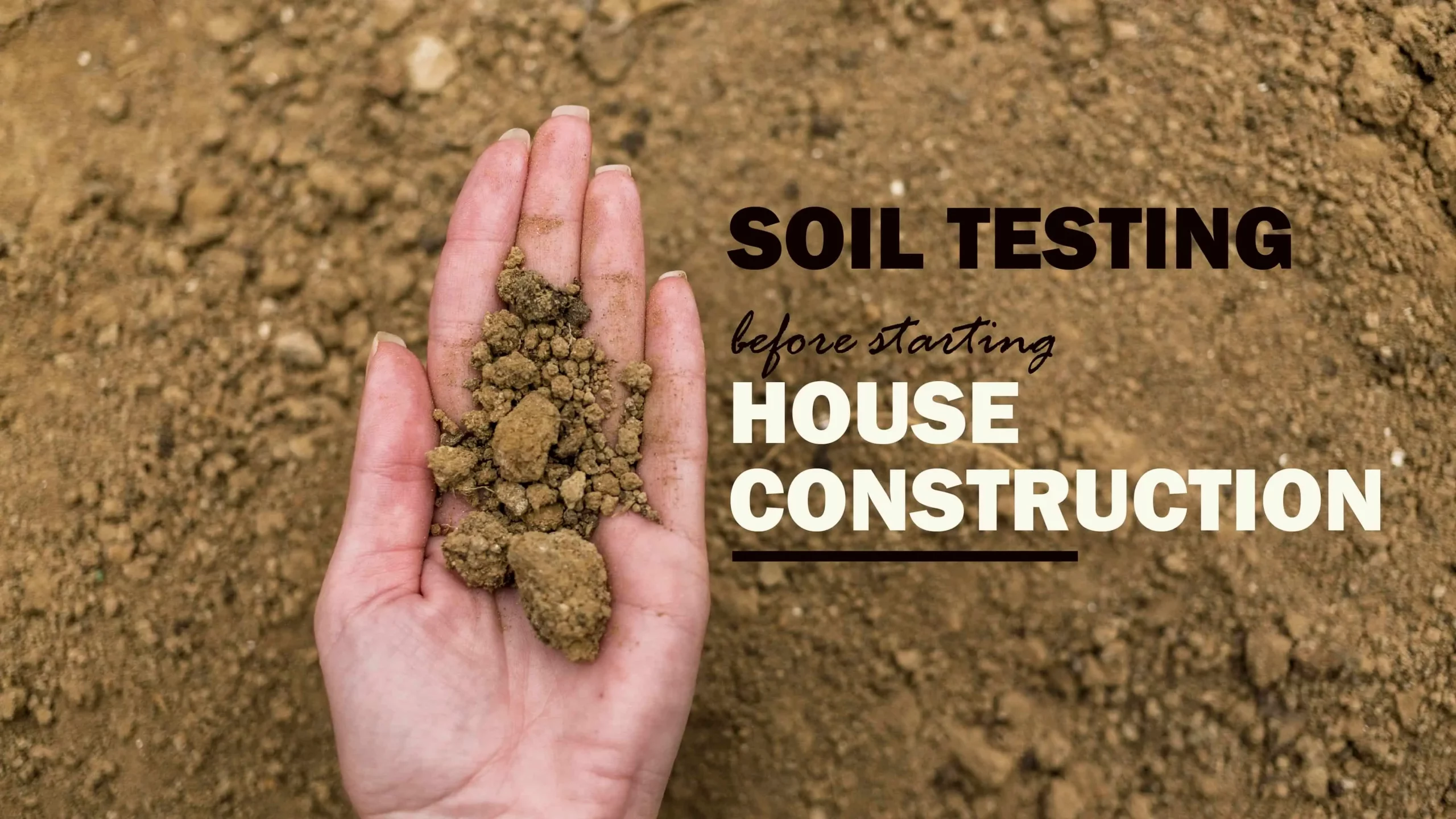Soil testing is an essential component of the building construction process. It plays a crucial role in ensuring the stability, safety, and longevity of structures. Engineers and construction professionals make informed decisions regarding foundation design, soil compaction, and site suitability by thoroughly analyzing the properties of soil. Investing in comprehensive soil testing is a proactive approach that minimizes risks, enhances construction quality, and contributes to the long-term success of building construction projects.
Understanding the role and importance of soil testing before starting the house construction process is important. We have listed here various points that will help you gain a deep understanding of the topic.
Significance of Soil Testing in House Construction
Ensuring Structural Stability in Construction:
The primary significance of soil testing lies in its ability to determine the load-bearing capacity of the soil. By analyzing soil samples, engineers can assess the soil’s ability to support the weight and loads imposed by the structure. This information is crucial for designing appropriate foundations and support structures that can withstand these loads without excessive settlement or failure. Soil testing helps prevent potential structural issues, such as foundation cracks or uneven settlement, ensuring long-term stability and safety of the building.
Evaluating Soil Properties:
Soil testing provides valuable insights into the properties and characteristics of the soil, allowing engineers to understand its behavior and make informed decisions during the building construction process. Some key properties evaluated through soil testing include:
·Soil Composition:
By analyzing soil samples, professionals can identify the type of soil present on the site. Different soil types, such as clay, silt, sand, or gravel, exhibit varying properties that impact house construction techniques and material selection. Understanding the soil composition is crucial for determining appropriate building construction methods and evaluating potential challenges that may arise during the project.
·Compaction Characteristics:
Soil compaction is a critical factor in ensuring stable foundations. Through soil testing, engineers can assess the density and compaction properties of the soil, helping them optimize compaction efforts during site preparation. Proper compaction ensures that the soil provides adequate support and minimizes the risk of settlement or structural damage.
·Moisture Content and Permeability:
Soil testing allows for the evaluation of moisture content and permeability of the soil. Excessive moisture can negatively affect the soil’s strength and stability, potentially leading to soil erosion or reduced load-bearing capacity. By understanding the soil’s moisture content and permeability, engineers can design appropriate drainage systems to prevent water accumulation and maintain soil stability.
Site Suitability and Environmental Impact for building construction:
Soil testing also plays a crucial role in assessing site suitability and evaluating potential environmental impacts. By conducting tests, professionals can identify any environmental concerns, such as soil contamination or the presence of subsurface water. Such findings enable the implementation of appropriate mitigation measures to address environmental risks and ensure compliance with regulations.
Cost Savings and Risk Mitigation:
Investing in comprehensive soil testing can lead to substantial cost savings and risk mitigation. By accurately assessing soil properties and behavior, engineers can optimize design and building construction processes, reducing the likelihood of expensive rework or structural failures. Additionally, the identification of potential challenges early on lets you take proactive measures, prevention of costly delays, and ensure project timelines are met.
The significance of soil testing in the building construction process cannot be overstated. By conducting thorough soil testing, engineers and house construction professionals can accurately assess the soil’s load-bearing capacity, properties, and behavior. This knowledge allows for informed decision-making regarding foundation design, building construction techniques, and risk mitigation. Ultimately, soil testing contributes to the stability, safety, and longevity of structures, ensuring successful house construction projects that stand the test of time.

Process of Soil Testing
Below is the detailed description that will walk you through the soil testing process in house construction:
Step 1: Site Investigation and Sampling:
The first step in the soil testing process is conducting a site investigation. Engineers and geotechnical experts visit the building construction site to gather information about the topography, geological conditions, and soil profiles. Based on this investigation, they determine the locations for soil sample collection.
Soil samples are collected using various methods, such as hand augers, mechanical borings, or soil coring tools. Samples are typically collected at different depths to capture variations in soil characteristics and stratification.
Step 2: Laboratory Testing:
Once the soil samples are collected, they are transported to a laboratory for testing. Laboratory testing provides accurate and standardized results by subjecting the soil samples to various tests. The specific tests conducted depend on the project requirements and may include:
a. Physical Tests:
· Grain size analysis: Determines the distribution of particle sizes in the soil sample.
· Atterberg limits: Evaluate the soil’s plasticity, liquidity, and shrinkage characteristics.
· Moisture content: Measures the amount of water present in the soil.
· Density and compaction: Determines the soil’s compaction characteristics and density.
b. Mechanical Tests:
· Shear strength: Measures the soil’s resistance to shear forces.
· Bearing capacity: Determines the load-bearing capacity of the soil.
· Consolidation: Evaluates the settlement characteristics of the soil under a load.
· Permeability: Determines the soil’s ability to transmit water or other fluids.
c. Chemical Tests:
· pH and chemical composition: Assesses the soil’s acidity or alkalinity and identifies potential contaminants.
Step 3: Data Analysis and Interpretation
Once the laboratory testing is complete, the obtained data is analyzed and interpreted by geotechnical engineers and experts. They examine the test results and assess the soil’s properties, behavior, and suitability for the planned house construction. The data analysis involves comparing the test results with relevant standards and specifications.
Step 4: Reporting and Recommendations:
A comprehensive soil testing report is prepared based on the test results and data analysis. The report includes a summary of the soil properties, descriptions of the testing methods used, and interpretations of the findings. It also provides recommendations and guidelines for foundation design, building house construction techniques, soil stabilization measures, or any necessary remediation actions.
The report helps guide the house construction process by providing crucial information for structural engineers, architects, and contractors. It allows them to make informed decisions regarding foundation design, excavation depths, bearing capacity requirements, soil stabilization methods, and other construction considerations.
Step 5: Monitoring and Verification:
In some cases, additional monitoring or verification may be required during the building construction process. This may involve further testing, such as field density tests, in-situ testing, or plate load tests, to ensure that the actual site conditions align with the initial soil testing results. Monitoring allows for adjustments and modifications if discrepancies or unexpected soil behavior are encountered during house construction.
By following the soil testing process, construction professionals can gain a comprehensive understanding of the soil conditions at the building construction site. This knowledge enables them to design appropriate foundations, select suitable construction techniques, and mitigate potential risks associated with the soil, ensuring the stability, safety, and long-term durability of the house structure.
Soil testing plays a crucial role in minimizing the risk of foundation failures, settlements, or other soil-related issues, ultimately contributing to the successful completion of the house construction project. Make My House is always present to guide you about the crucial steps involved in house construction. If you are finding some contractors or engineers to carry on your house construction, free feel to contact us today!
Frequently Asked Questions about Soil Testing in Building Construction
Q: Why is soil testing important?
Soil testing is important because it provides valuable information about the soil’s composition, strength, stability, drainage properties, and contamination levels. This information helps in making informed decisions regarding foundation design, building construction techniques, ensuring the success, safety, and sustainability of various projects.
Q: When is soil testing conducted?
Soil testing is ideally conducted before starting any building construction. It is recommended to perform soil testing during the initial planning stages to gather crucial information about the soil’s characteristics and determine the appropriate measures to be taken for a successful project.
Q: Who performs soil testing?
Soil testing is typically carried out by geotechnical engineers, soil scientists, or specialized laboratories. These professionals have the expertise and equipment required to collect soil samples, conduct tests, analyze the results, and provide accurate interpretations and recommendations.
Q: How long does soil testing take?
The time required for soil testing varies depending on factors such as the number of tests to be conducted, the complexity of the project, and the workload of the laboratory. Typically, soil testing can take anywhere from a few days to a couple of weeks to complete. It is advisable to consult the testing laboratory regarding the estimated turnaround time.
Q: Can soil testing be done for existing structures?
Yes, soil testing can be conducted for existing structures to assess the soil conditions and determine the need for any remedial actions or modifications. It can help identify potential issues, such as soil settlement, slope stability problems, or foundation distress, and provide recommendations for addressing them effectively.












One thought on “Contribution of Soil Testing in Building a Strong Structure”